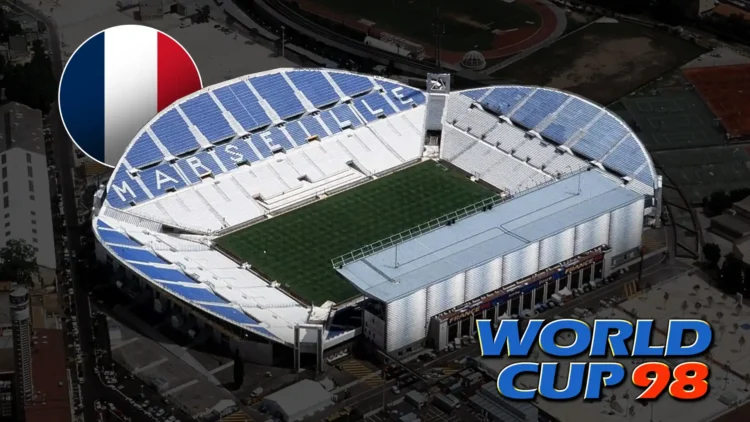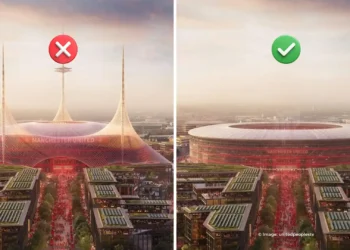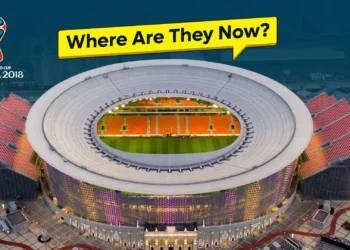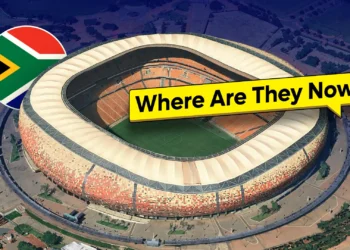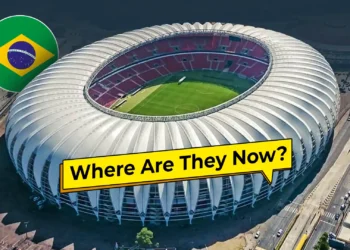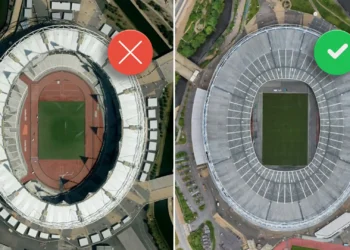The 1998 FIFA World Cup in France was historic: the country’s first time hosting since 1938, the debut of the 32-team format, and the tournament where Les Bleus lifted their first World Cup trophy on home soil.
To stage the event, France used 10 stadiums, including several new builds (like the iconic Stade de France) and renovated classics across the country. Over 25 years later, most of these venues remain active — some thriving at the heart of French football, others operating steadily with multi-sport and event calendars.
Stadium-by-Stadium Breakdown
🏟️ Stade de France (Saint-Denis, Paris)

- Status: Thriving
- Built specifically for the World Cup.
- Home of the French national football and rugby teams.
- Hosts finals, concerts, Euro 2016, Rugby World Cup 2023, and soon the 2024 Olympics.
- France’s most iconic stadium and a true success story.
🏟️ Parc des Princes (Paris)
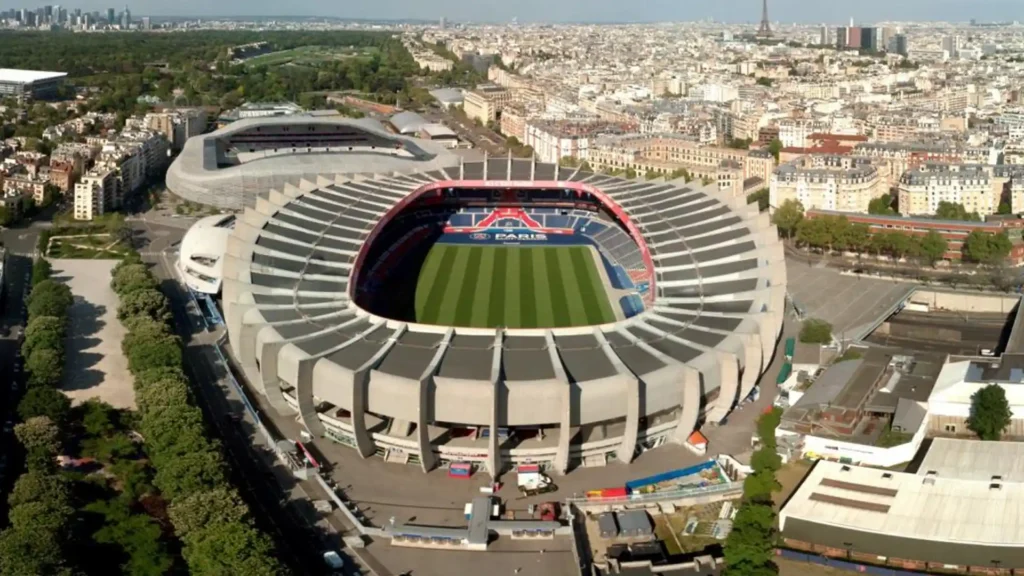
- Status: Thriving
- Home of Paris Saint-Germain.
- Renovated before 1998, now one of the most famous club stadiums in Europe.
- Regularly full and in global spotlight.
🏟️ Stade Vélodrome (Marseille)
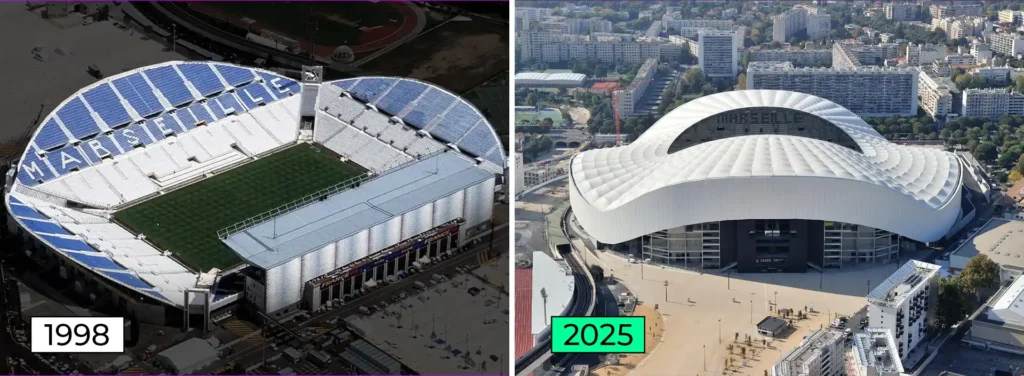
- Status: Thriving
- Home to Olympique de Marseille.
- Expanded and modernized for Euro 2016.
- Consistently one of the most atmospheric and full stadiums in France.
🏟️ Stade de Gerland (Lyon)
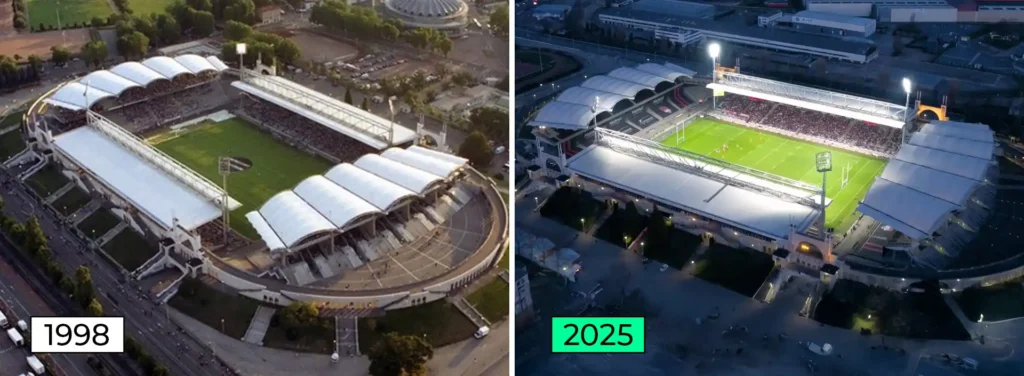
- Status: Repurposed
- Hosted matches in 1998.
- Former home of Olympique Lyonnais, who moved to Groupama Stadium in 2016.
- Now used mainly for rugby (LOU Rugby) and other events.
🏟️ Stade Chaban-Delmas (Bordeaux)
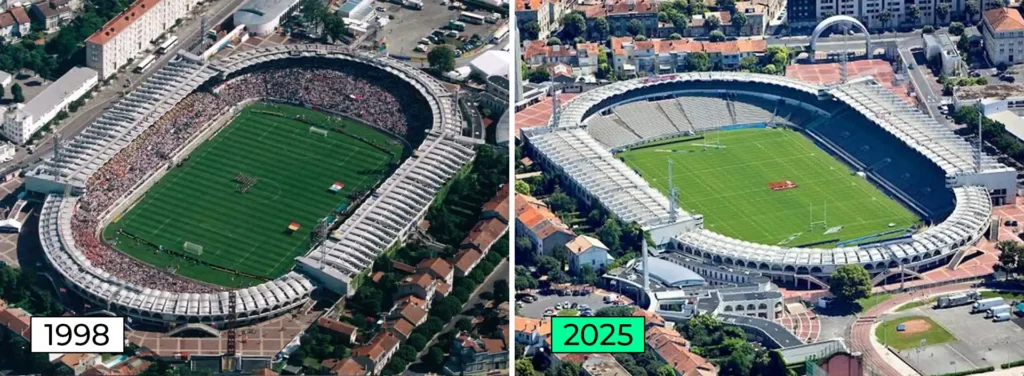
- Status: Secondary use
- Used during 1998; later replaced by the new Matmut Atlantique for Euro 2016.
- Currently hosts rugby (Union Bordeaux-Bègles) and lower-profile events.
🏟️ Stade Félix-Bollaert (Lens)
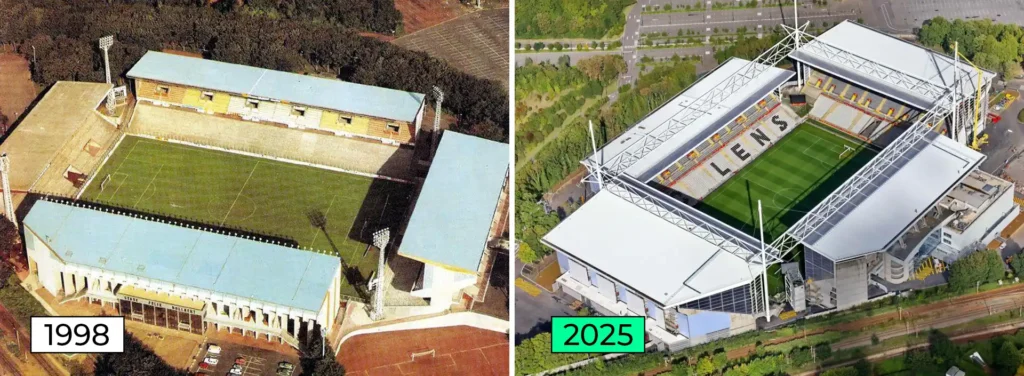
- Status: Active
- Home to RC Lens, one of France’s most passionate fan bases.
- Modernized in the 2010s, continues as a strong football venue.
🏟️ Stade de la Beaujoire (Nantes)
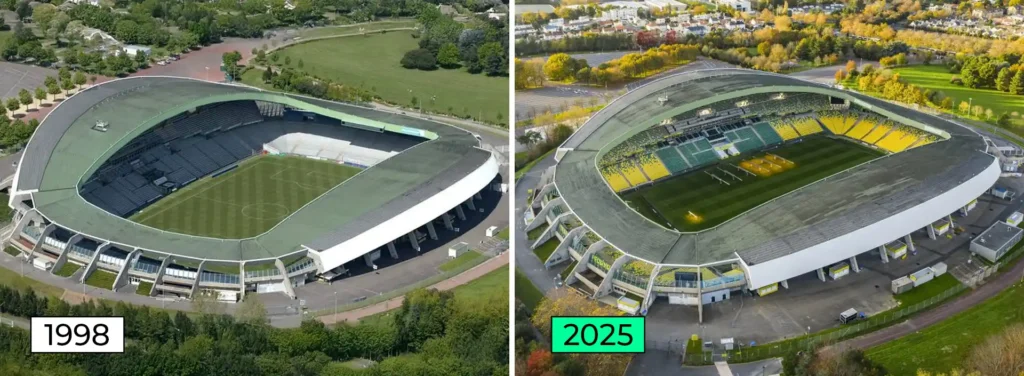
- Status: Active
- Home of FC Nantes.
- Continues to host Ligue 1 football and occasional French national team games.
🏟️ Stade de la Mosson (Montpellier)
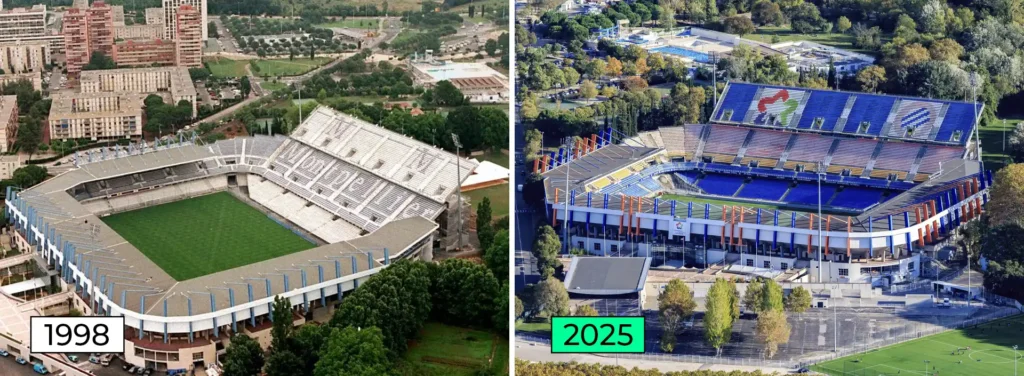
- Status: Active but modest
- Home to Montpellier HSC.
- Smaller than some others but regularly used for Ligue 1 matches.
🏟️ Stade Geoffroy-Guichard (Saint-Étienne)
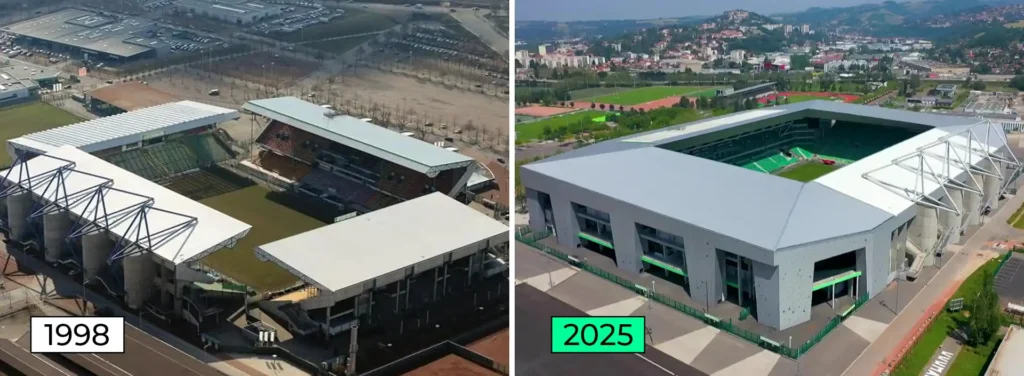
- Status: Thriving
- Home of AS Saint-Étienne.
- Renovated multiple times, including for Euro 2016.
- Famous for its atmosphere, still one of France’s great football cathedrals.
🏟️ Stade de Toulouse (Toulouse)
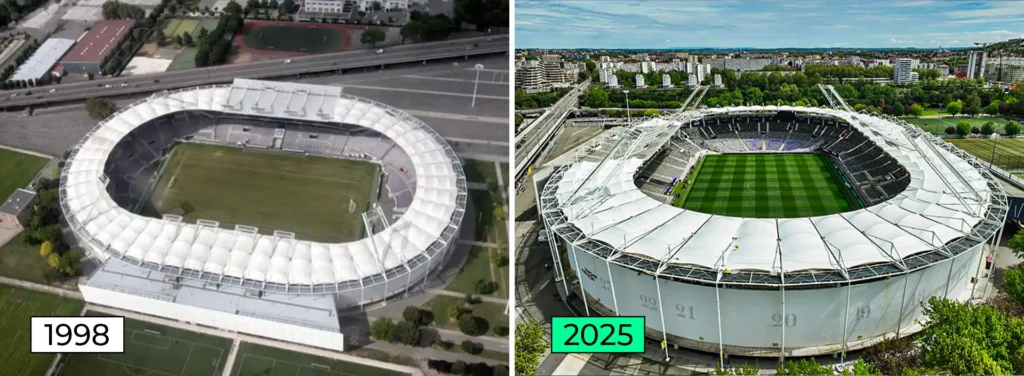
- Status: Active
- Home to Toulouse FC.
- Renovated for Euro 2016; used for football, rugby, and events.
Winners and Losers
✅ Thriving: Stade de France, Parc des Princes, Vélodrome, Geoffroy-Guichard, Félix-Bollaert.
👌 Stable: Beaujoire, Mosson, Toulouse.
🔄 Repurposed/Secondary: Gerland (now rugby), Chaban-Delmas (rugby, smaller use).
Conclusion
The legacy of the 1998 World Cup stadiums is one of the strongest in recent history.
Unlike other hosts where stadiums turned into white elephants, France’s venues largely:
- Already had club tenants (PSG, OM, Nantes, Lens, etc.).
- Were located in major cities with passionate fan bases.
- Benefited from later Euro 2016 upgrades.
The main changes came from new stadium projects in the 2010s (e.g., Lyon and Bordeaux), which shifted some World Cup venues to secondary or rugby use — but still kept them alive.
When mega-event stadiums are built in football-centric nations with strong clubs, their legacy is almost guaranteed.
Read Also

